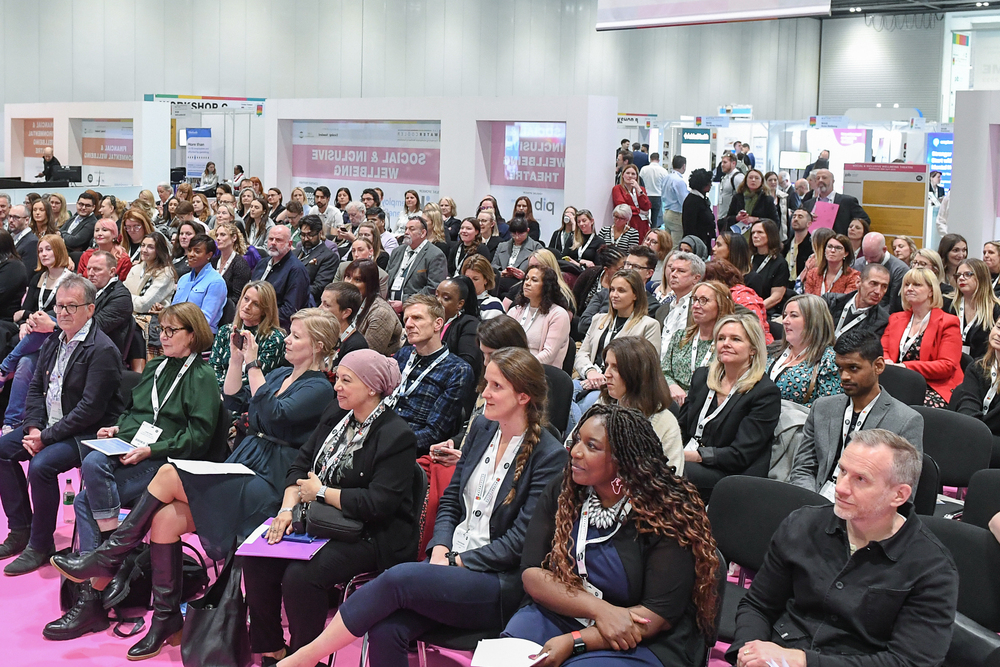As the month of November (now affectionately dubbed Movember, in recognition of the annual campaign to raise awareness of men’s health issues, such as prostate cancer, testicular cancer, and men’s suicide) gets into full swing, our thoughts turn to meeting the unspoken needs of male employees who may need our support.
The most recent Office for National Statistics (ONS) figures* released in September 2022 show that around three quarters of suicides are male. Since 2010, the highest suicide rates each year have been in males aged 45 to 64 years.
Reflecting on these statistics, Debra Clark, head of specialist consulting at Towergate Health & Protection, said:
“This figure may be surprising to many employers who would be forgiven for thinking suicide is more common in younger people. It seems that there may be an ‘invisible’ group of men in the later stages of their careers who are suffering and in need of support.”
Raising awareness
A fun event with a serious message, Movember involves the growing of moustaches to raise awareness of men’s health issues. The aim is to increase knowledge regarding male cancers and to start conversations about men’s mental health. Movember is an ideal opportunity for employers to encourage open discussions among all employees of all ages about mental health issues, but perhaps particularly among men between the ages of 45 and 64.
Building pressure
This invisible demographic falls somewhere between generation X (age 42 – 57) and baby boomers (age 58 – 76). Men at this age often face a combination of challenges including being in a sandwich of caring responsibilities for dependant children and older relatives. Relationship issues and divorce often happen at this stage, as do increased financial concerns surrounding mortgages, retirement and caring for others. At the ages of 45 to 64, some men will be dealing with chronic or major illness and many will begin to have a sense of their own mortality.
Debra Clark explained:
“Particularly among men, there can be a tendency to avoid seeking help, hoping problems will just go away. Men may be more likely to dismiss communications about their emotional wellbeing if they are not relevant at that time, so repeating and reiterating them is important. Our suggestion is to ‘ask twice’. The question: ‘How are you?’ will often be met with the response: ‘Fine’. But asked a second time: ‘No, how are you really?’ may open up more of a dialogue. This is a useful tactic for a line manager concerned about a colleague.”
6 step action plan
Step 1: A good first step is to open the discussion and encourage conversation regarding mental health. This not only raises awareness of the issues but also helps to remove any stigma. This is a simple option in the workplace and also cost-free.
Step 2: The next stage is to implement, or probably just communicate, any existing relevant benefits, such as an employee assistance programme (EAP). This is a good option for signposting employees to places for support and EAPs may also offer counselling sessions.
Step 3: Concerns about physical health, particularly issues with NHS waiting lists, can lead to a great deal of anxiety. Employers can offer access to virtual GPs, along with health screening and second-opinion services. Boosting physical health can also help to boost mental health, so benefits like gym membership and lifestyle education on sleep and exercise are beneficial in more than one way.
Step 4: Money worries are also likely to impact mental health so financial education can be very important for this stage of life, including retirement planning, will writing, and funeral planning.
Step 5: Specific mental health support is also available through various options from talking therapies and cognitive behavioural therapies (CBT) to counselling and psychiatrist-led treatments.
Step 6: Employers should consider the neurodiversity of their employees and offer a range of ways for assistance to be accessed. This is likely to be a combination of face-to-face and online approaches, to suit the requirements of all personality types.
*Suicides in England and Wales – Office for National Statistics (ons.gov.uk)
You might also be interested in:
Lunch & Learn Webinar: 5 ways in which employers can help men to help themselves

















